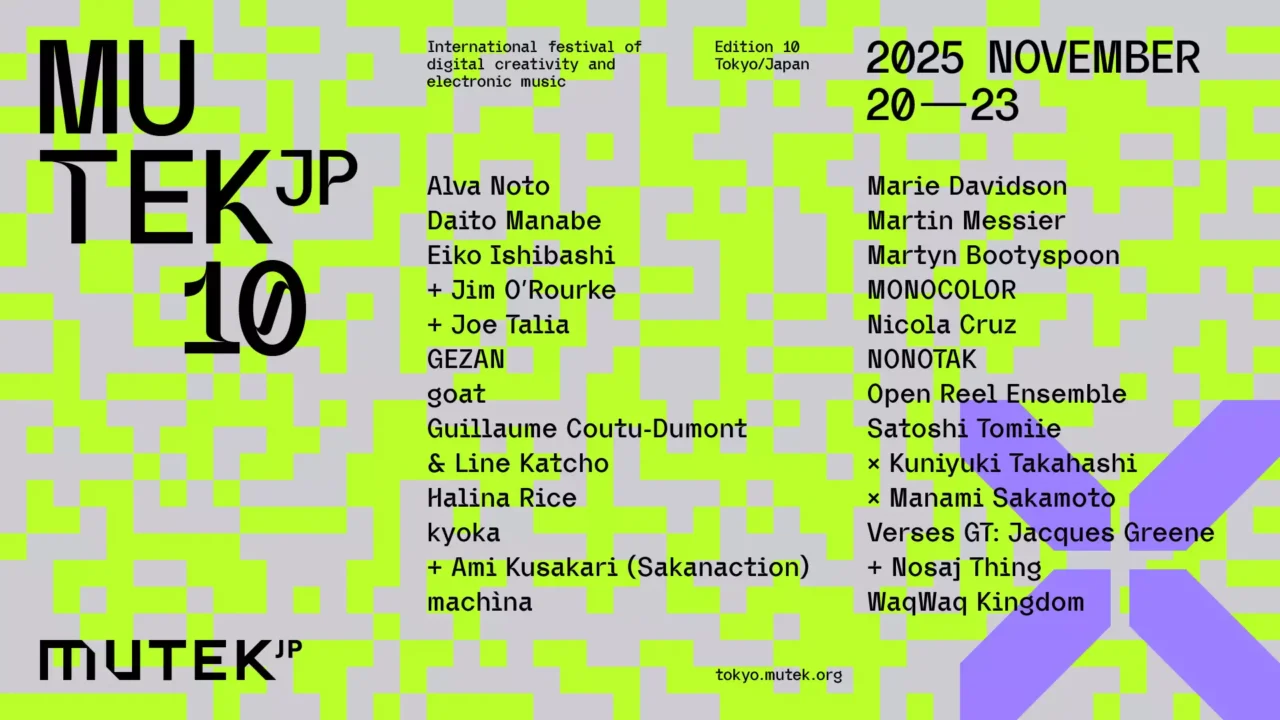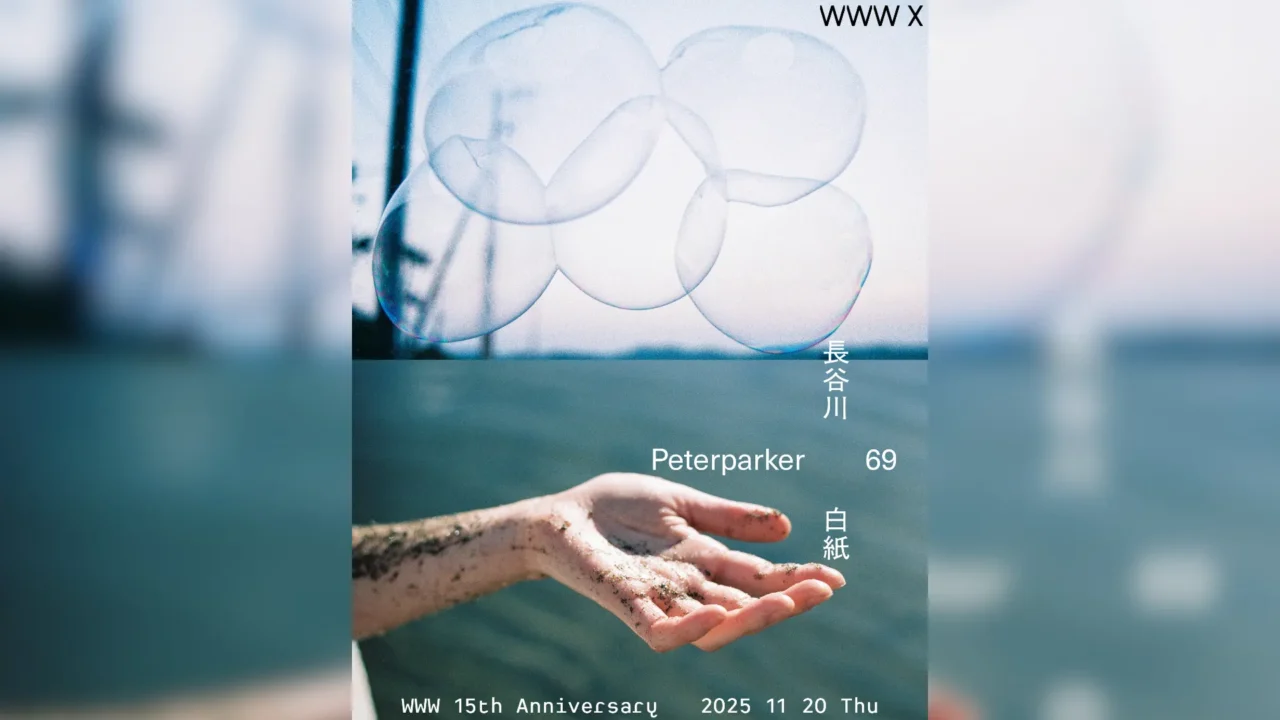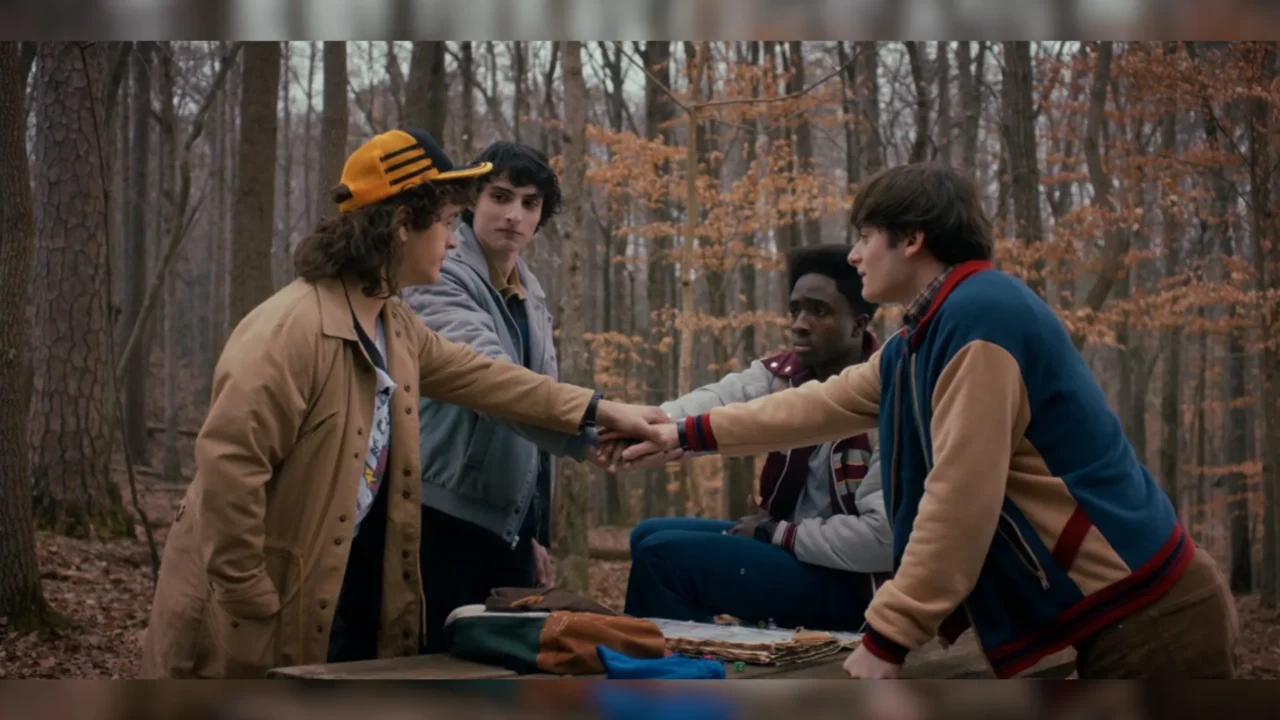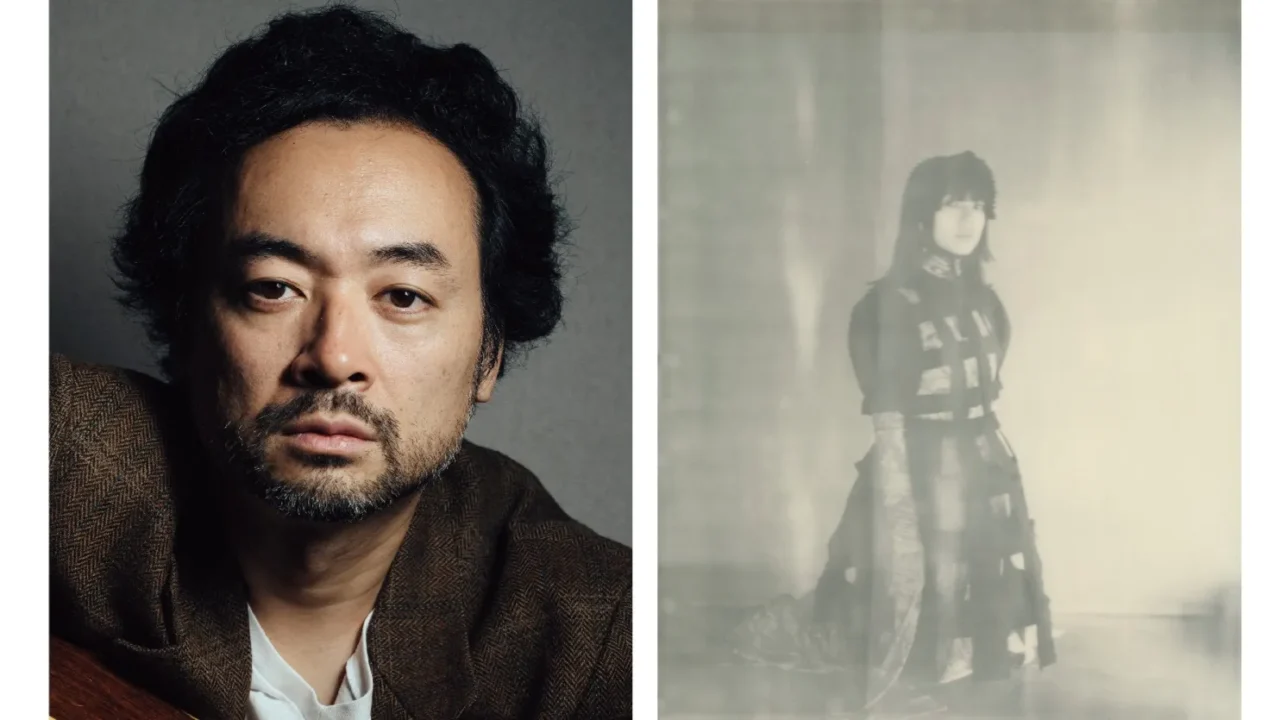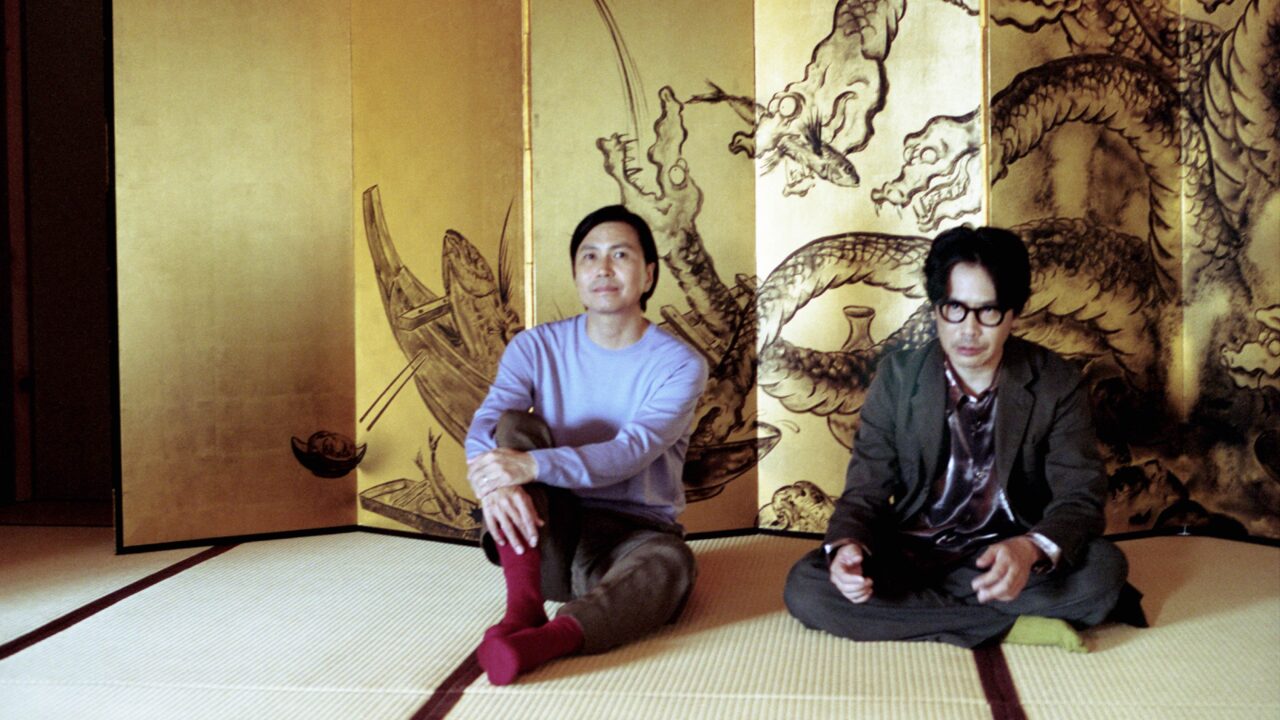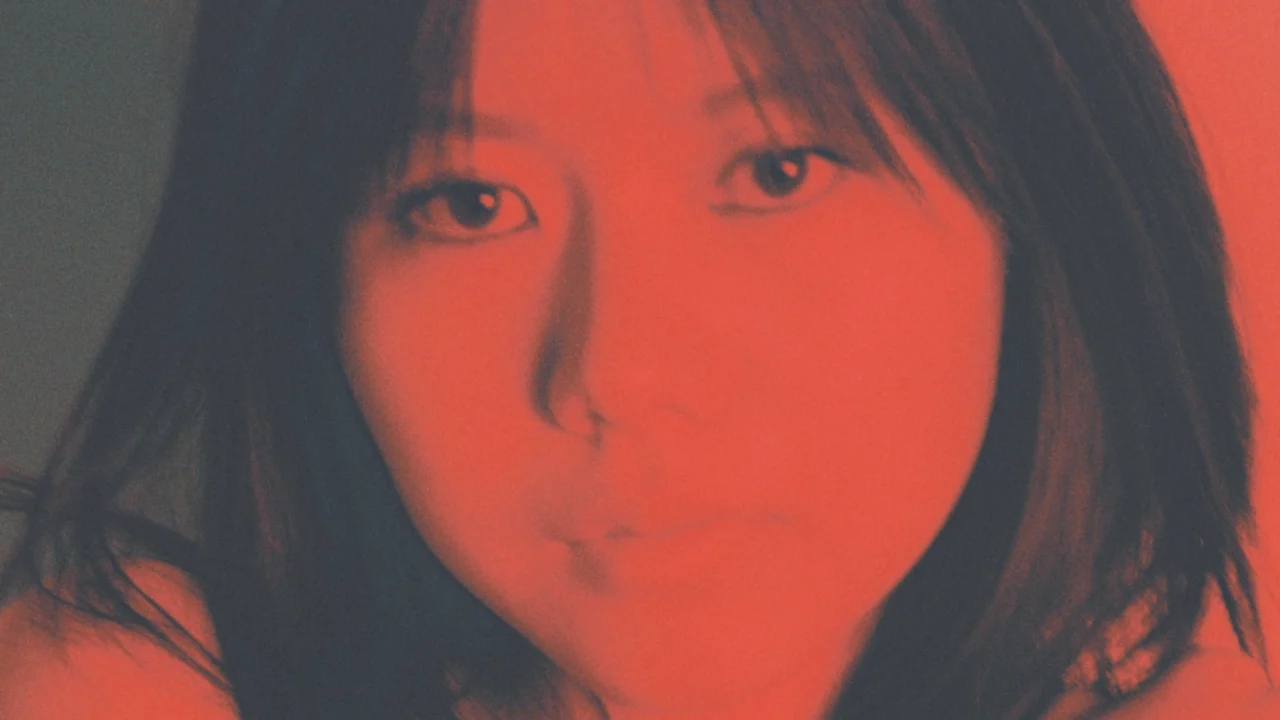Why do musicians perform live? And why do we, as an audience, go to live shows? No matter how advanced recording and video technology becomes, it will never replicate the miracles—or perhaps accidents—that happen in that unique moment and place. Listening to cero’s live album “Live O Rec” prompts us to reflect on the concept of time—past, present, and future—and how these fleeting moments encapsulate endless possibilities.
“Live O Rec” is based on recordings from two consecutive days of live performances, but it’s far from a straightforward live album. Through edits, retakes, overdubs, and various sound manipulations, the work blends multiple layers of time and space. Yet despite these intricate processes, the core of cero’s energy remains rooted in that specific day, that moment, and that place, giving the work its distinct texture.
While the album might seem like a documentary of sorts, it’s too free in its production to fit that label—it blurs reality to create something new. At the same time, calling it a “mockumentary” doesn’t quite capture its essence either. The way time and reality flicker and sway within the sound creates an almost surreal sense of authenticity.
This interview doesn’t aim to fully demystify “Live O Rec.” Written by Ryohei Matsunaga, a journalist who has closely followed cero’s live shows since their early days, and even traveled to local tour performances, this piece is intended to offer a glimpse into the album, providing a starting point for each listener to interpret it in their own way.
INDEX

INDEX
The freedom that comes from the absence of visuals
Where did the idea to make a live album come from?
Takagi: When we did the two-day show at LIQUIDROOM last year (December 2-3, 2023), we were already planning to record it. Since it was two days, we had the chance to capture two takes.
Arauchi: The initial spark came from when we uploaded the live video of “Tableaux” from the final show of the “e o” release tour to YouTube.
Takagi: Yeah, that’s right.
Arauchi: That song had a challenging snare sound to nail down live.
Takagi: Mitchan (Wataru Mitsunaga) was even using a cookie tin as a drum at one point.
Arauchi: So we were already thinking a lot about the live mix, and then Mitchan suggested, “Wouldn’t it be interesting to mix in the sound I recorded on my iPhone, which I always keep next to the drums?” For the YouTube mix, we had Ryoji Yanagida (the engineer) handle it, but I made a version where I mixed in the iPhone audio just for fun. It didn’t make it in time for the actual release, so we couldn’t use it, but when I shared it with everyone, they really enjoyed it.
Arauchi: With that in mind, Takagi suggested that for the year-end two-day event, it could be interesting to experiment with various approaches, assuming we’d record the live performance. Since we tend to come up with plenty of ideas ourselves, we figured it’d be worth giving it a shot.
Takagi: While cero has released several video works, live footage often limits how much we can tweak the audio. If we alter the sound too much, it starts to diverge from the visuals, which then also need adjustment. I’ve always wanted to be free from those constraints and experiment more with just the audio in a live work.
Hashimoto: Even for DVDs, we’d fix some of the sound, but ideally, I wanted to focus more on those details. So, this felt like a good opportunity.
Takagi: Initially, we had plans to involve the audience in the process too.
An approach where the audience participates in the live recording?
Takagi:Exactly. Like, “Please scream here,” or “Do some weird clapping.” At one point, we even thought about having the entire audience turn their backs to the stage, take a picture of nobody looking at us, and use that as the album cover [laughs]. In the end, though, we got too busy preparing for the live show, so we just did it normally on the day.
















